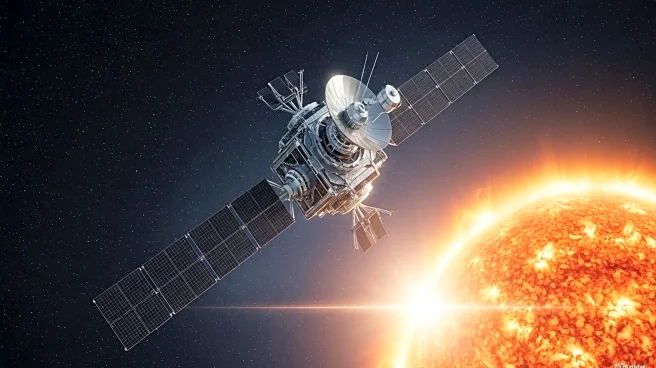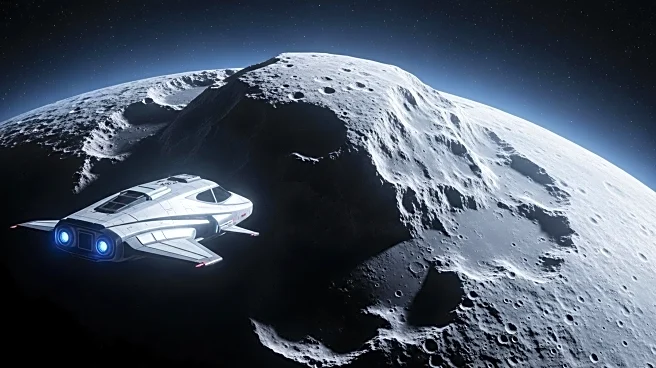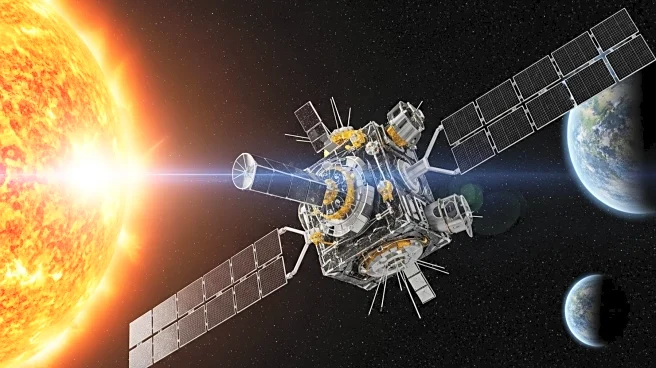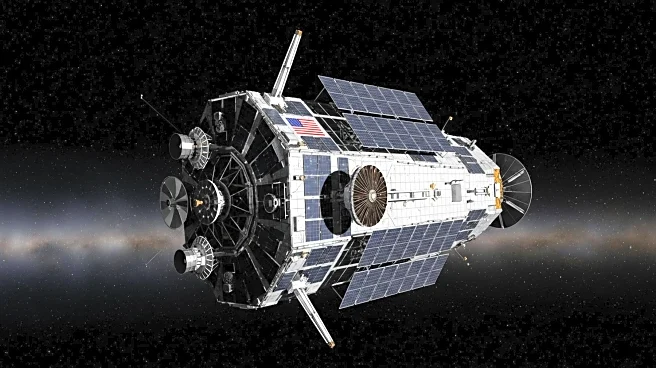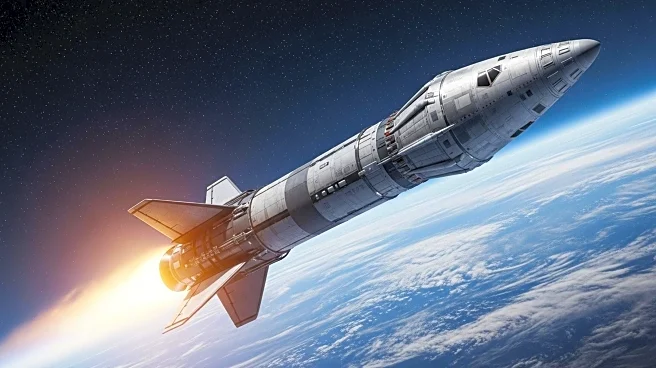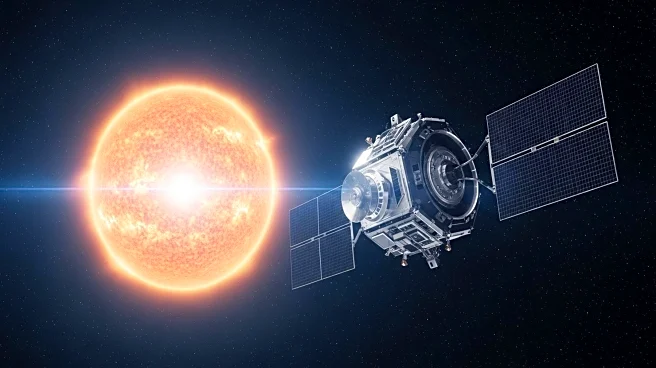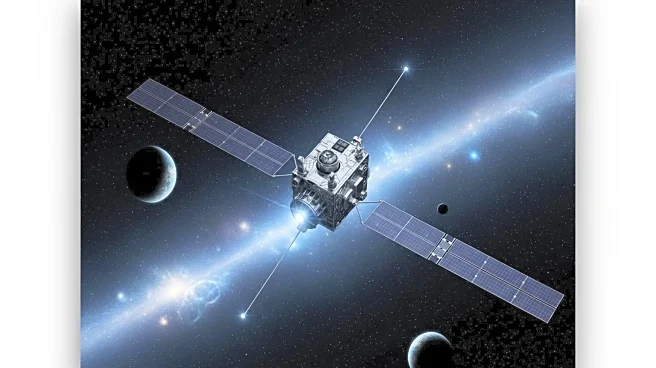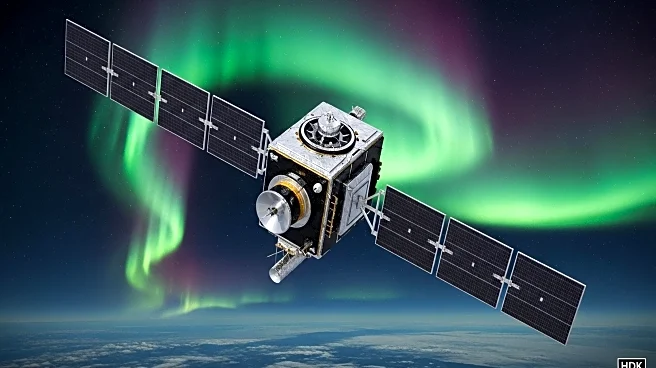What's Happening?
Voyager 1, launched in 1977, has detected a blistering region at the edge of our solar system, known as the heliopause, where the solar wind meets the interstellar medium. Contrary to previous beliefs that this region would be cold and sparse, Voyager's sensors picked up a dramatic rise in particle density and temperature, creating a 'wall of fire.' This discovery reveals that the Sun's magnetic field lines are stretched and compressed at this boundary, causing magnetic reconnection and releasing massive bursts of energy.
Why It's Important?
Voyager 1's findings challenge existing understanding of cosmic boundaries and suggest that our solar system is more seamlessly linked with the wider galaxy than previously thought. This has implications for how scientists understand stellar winds, magnetism, and plasma flows, not only in our system but around other stars too. The data could reshape how we understand the heliosphere, the protective bubble shielding Earth and other planets from galactic radiation, which is vital for future space exploration.
What's Next?
Voyager 1 will continue to move deeper into interstellar space, measuring particle density and magnetic fields far beyond the reach of any other mission. Its findings could reshape our understanding of the heliosphere and provide crucial information for future astronauts who may venture beyond Pluto. As Voyager 1 continues to transmit data, it brings humanity closer to understanding our place in the galaxy.

